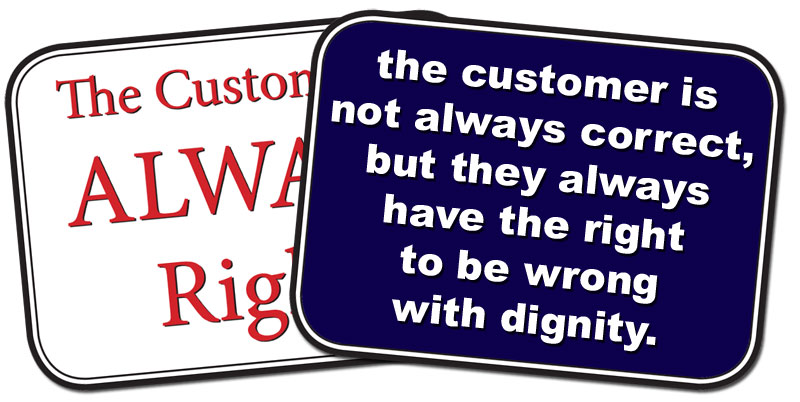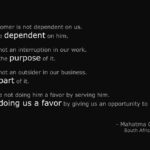Excellent Customer Service, the much touted ‘must –have’ that every organization desires attributed to them, and every leader irrespective of profession or economic orientation is anxious to have as one of their achieved deliverables, is indeed just that – a ‘must-have’. But beyond being a nice item on the organization or leadership wish list, what sort of investment are organizations ready and willing to make to transform this dream into reality?
A recent 2013 research study by The Institute of Customer Service in Kenya on ‘The State of Customer Service in Kenya’ reveals that ‘whereas leadership within organizations are cognizant of the need for superior customer service as a brand differentiator, the actual tangible investment in customer service is negligible and in want of corporate commitment in the form of budgets, structures, goals, systems, capabilities and robust assessment methods’.
Where then does customer service investment fall in the finance sheets of an organisation? Who is responsible for the budget creation and implementation of the budget action plans? Who is kept awake at night thinking about the next best way to delight the customer? And most importantly what sort of investment is Customer Service? Does it fall in the Opex budget and form a line entry for operational costs to keep things moving, or does it fall in the Capex budget as a heavy investment required to provide an input into the business for which return on investment will be reaped over time?
Stephen Walden – Senior Head of Consulting and Research at Beyond Philosophy, indicates that the biggest challenge facing the customer service industry is how to link Customer Experience to financial value. The leadership of most organisations demand a demonstration of the return on investment before any customer experience programs pass budget stage or if in place, get implementation approval.
How does one create a distinct equation between a brand’s emotional engagement with customers and an upward spike in the organisation’s bottom line? Is this an achievable KPI that can be tangibly tied to customer experience activities? Whatever one’s line of business, whatever one’s leadership style, whatever sector of the economy an organisation lies, the undeniable common denominator is that customers drive business. And the direct spin off of that, is that happy customers drive business further and faster. Happy customers in this context are customers that are emotionally aligned to the brand and are unshakably loyal to it. Creating this level of emotional engagement demands delivery of delightful customer experiences, having consistent quality of products and services, having the organisation’s ear to the ground to anticipate, meet and exceed customer expectations and most importantly, acknowledging service failure if and when it does happen and instituting make good and service recovery mechanisms diligently. This is the not-so-secret formula to business success.
Does all of the above require proper strategy, planning and execution? Does investment in customer service excellence require assiduous budgeting and resource allocation? If indeed business and personal success is a key objective, then the big debate should revolve around if customer service is an operational cost given its now apparent importance as an ingrained element for every day success, or if it is a capital expenditure, planned and planted to reap sustained benefits over time. I leave this crucial debate to all you professionals. Do let me know the outcome of your discussions…..







